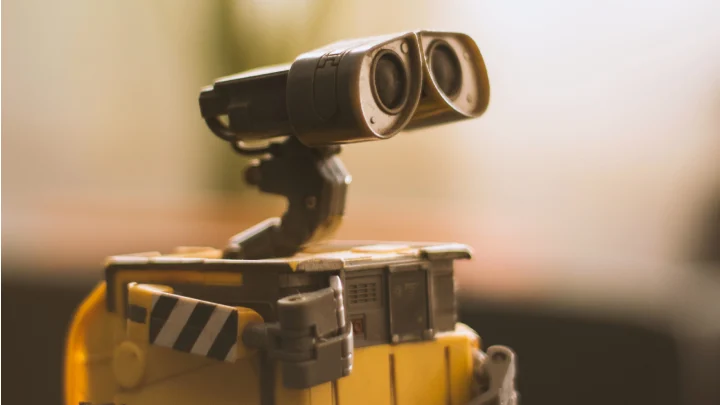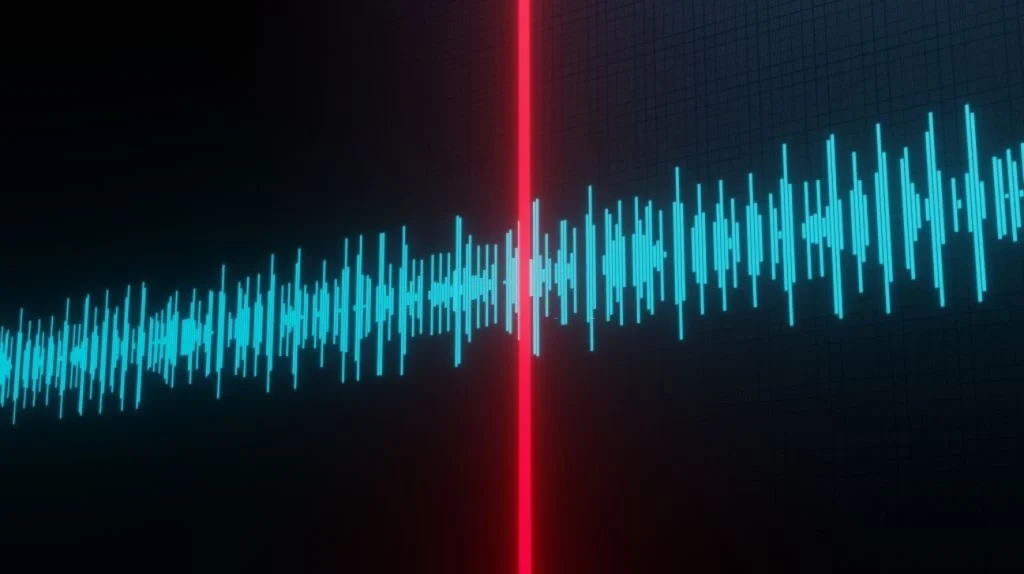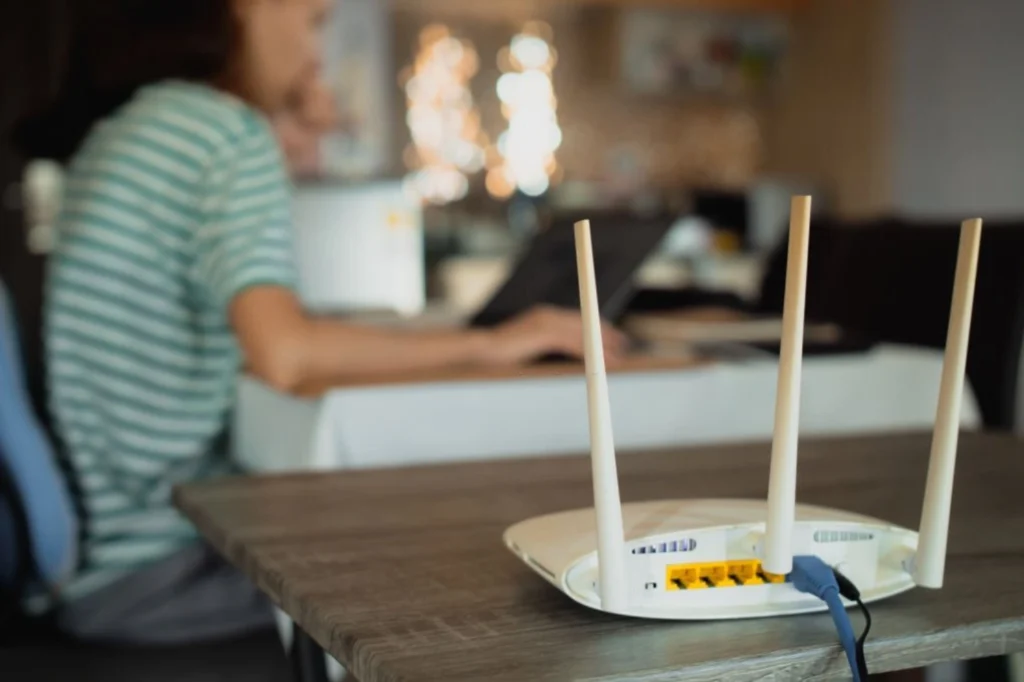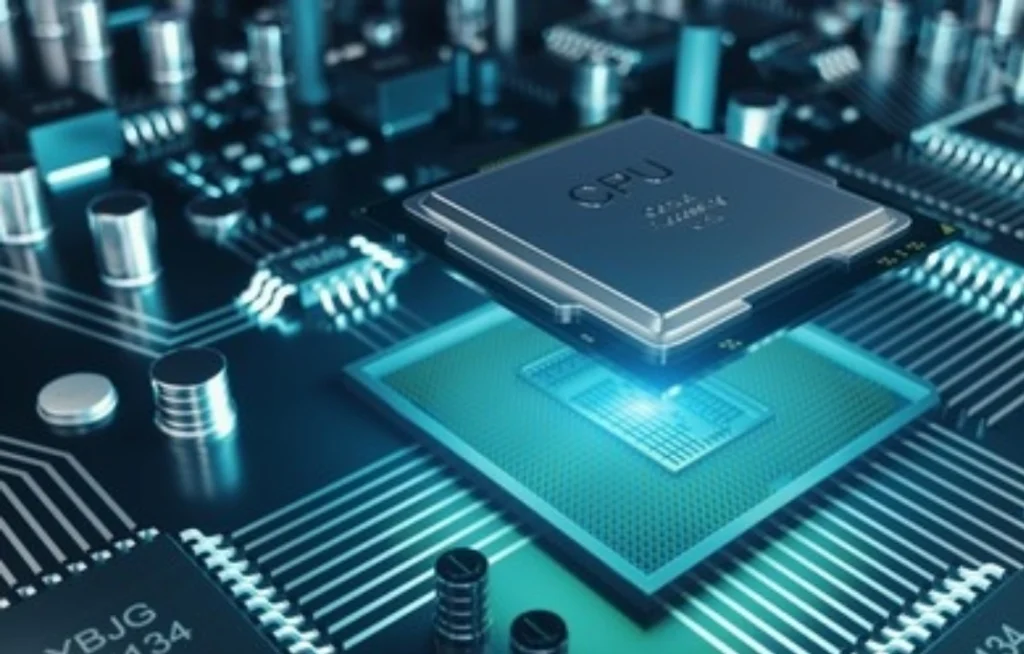The electrifying world of electronics! Imagine having the power to create gadgets, control machines, and unravel the mysteries of the electronic realm. Your journey starts with the fundamentals – like the ABCs of Electronics. Then finally, we provide all the guidance and all the subsections you need to learn.
Think about your environment, now you’re reading this article from a display, which is a laptop or mobile phone. All these items like displays, switches, touch sensors, power supplies, etc., are subcategories of electronics.
We will provide you with the best and most free learning materials to help you refer to yourself about electronics. It is better to start your journey from the basics.
Here is the topic list ( Click to Jump )
- Basic Electronics:
- Circuit Analysis:
- Analog Electronics:
- Digital Electronics:
- Microcontrollers and Microprocessors:
- Electromagnetics:
- Communication Systems:
- Power Electronics:
- Integrated Circuits (ICs):
- Electronic Design Automation (EDA):
- Embedded Systems:
- Robotics:
- IoT (Internet of Things):
- Digital Signal Processing (DSP):
- RF and Wireless Communications:
- Computer Architecture:
Basic Electronics

Basic electronics means you have to consider fundamental theories and concepts like voltage, current, resistance, Ohm’s Law, Kirchhoff’s Current Law (KCL), Kirchhoff’s Voltage Law (KVL), diodes, transistors, op-amps, etc. These are the fundamentals of electronics! For example, think about data storage devices like RAM and ROM. The flip-flop is the basic building block of these devices.
Start from here – https://youtu.be/uXr4lXYjXuU
Start learning theories from here – https://youtu.be/mc979OhitAg
To evaluate your knowledge, visit this site and try to answer all the questions.
Circuit Analysis
Try to analyze circuits using the above knowledge. That means not only thinking about DC-powered circuits but also analyzing AC circuits. Get an idea about the phases and the angle difference between current and voltage in AC currents. Think about analyzing the power in these circuits. Analyze R, L, and C circuits (where R means resistance, C means capacitor, and L stands for inductor). Also, consider 3-phase power and learn about motors and generators.
Also, you have to improve your skills in circuit faults. Unearthing hidden glitches in circuits is a crucial aspect of becoming an electronics wizard.
Read this book

Analog Electronics

Now you know something about electronics, then let’s go further. Analog electronics is another subsection in the electronic domain. You may know these things under this topic: Amplifiers, Transistors, Filters, Oscillators, Rectifiers, Voltage Regulators, Feedback and Stability, BJT Biasing, Field Effect Transistors (FETs) Biasing, Impedance Matching, Phase-Locked Loops (PLL), etc.
Digital Electronics

In most real-world applications like computers, Arduino, and ESP32s, they don’t process analog signals. Therefore, we need to think about digital electronics. Arithmetic Logic Unit (ALU), Logic Gates, Combinational Logic, Sequential Logic, Registers, and Counters, and Flip-Flops are the main subsections of digital electronics. Digital Integrated Circuits (ICs) and Clock Signals are also essential components in this field.
Microcontrollers and Microprocessors

In modern days, we use microcontrollers and microprocessors. The difference between those two is that a microcontroller has all the processors, RAMs, ROMs, and other peripherals like LAN ports and ADCs. On the other hand, the microprocessor is just a processor, like the CPU in computers. Think about the new MacBooks; they have ARM processors inside. Now, consider your mobile phone; all the functions work inside this processor.
Electromagnetics

Electromagnetics forms an essential branch of electronics that deals with the magical world of electromagnetic fields. These invisible forces are behind the operation of devices like motors and transformers. Understanding electromagnetics allows us to harness its power to create incredible gadgets and technologies that surround us. Key topics in Electromagnetics include Magnetic Circuits, Faraday’s Law, and the mesmerizing dance of Inductors and Transformers. These fascinating components are like wizards manipulating magnetic fields to perform their enchanting tasks. Just like how a sorcerer wields a wand, we employ Electromagnetics to design antennas for communication systems, providing a magical connection that bridges distances. Embrace the captivating journey into Electromagnetics and you’ll discover its spellbinding applications in various electronic wonders!
Communication Systems

Communication Systems, a captivating realm within electronics, allows us to connect with the world magically! Think about how you talk to friends on your mobile phone or send messages across the internet. That’s the enchanting power of Communication Systems at work. It involves sending information over vast distances using various spells, such as AM and FM Modulation. Imagine these spells as mystical translators converting our voices and data into invisible signals that travel through the air and wires.
In this captivating field, UART, SPI, and I2C are like magical languages that devices use to talk to each other. It’s like a secret code that lets gadgets understand one another’s wishes. Just like a sorcerer relaying a message through his crystal ball, we use these communication spells to control robots, send data between computers, and bring our devices to life!
Clock Signals, another essential element in this magical world, are like the heartbeats of our electronic friends. They keep everything synchronized, ensuring all the spells are cast at the right time.
As you delve deeper into the captivating universe of Communication Systems, you’ll uncover the mesmerizing dance of bits and bytes, the building blocks of the digital world. Each bit is like a tiny flicker of light, carrying a secret message, making possible the digital spells that underpin modern technology.
So, embrace the enchanting journey into Communication Systems, and you’ll wield the power to connect, communicate, and create wonders that shape the world around you!
Power Electronics

Power Electronics, the mystical domain within electronics, empowers us to control and manipulate the very essence of electricity! Picture this: you have the ability to transform high voltages into lower ones or vice versa, just like a wizard conjuring powerful spells. Power Electronics is all about wielding this power to efficiently convert and control electrical energy for various enchanting purposes.
Imagine you hold the key to a magical kingdom filled with power supplies and voltage regulators. These spells ensure that the right amount of energy is delivered to devices, just like a benevolent sorcerer ensuring each room in a castle is lit with just the right amount of light.
In this captivating world, you’ll encounter incredible components like MOSFETs and IGBTs, acting as the gatekeepers of electrical energy. They allow the flow of energy when commanded, turning on and off like a flickering flame in response to your spells.
Switching converters, another fascinating aspect of Power Electronics, are like potions that can transform electricity from one form to another. They enable efficient power transfer, just like a skilled alchemist turning lead into gold.
The captivating dance of power within this realm brings life to electric vehicles, solar energy systems, and countless other electronic marvels.
Read more about batteries- https://circuitprofessor.com/batteries-for-robotics-full-explanation/
Integrated Circuits (ICs)

Your new journey starts right now. In most cases, we employ ICs (Integrated Circuits) instead of simple large-scale circuits. Chips are what we commonly refer to as integrated circuits. Inside the chip, there are numerous little logics. Microcontrollers (MCUs), Microprocessors (MPUs), Digital Signal Processors (DSPs), Analog-to-Digital Converters (ADCs), Digital-to-Analog Converters (DACs), Multiplexers (MUX) and Demultiplexers (DEMUX), and Programmable Logic Devices (PLDs) are just a few examples of the many different types of chips used today.
Electronic Design Automation (EDA)
EDA stands for Electronic Design Automation software. PCB (Printed Circuit Board) design, designing and programming FPGAs and SoCs (System-on-Chip), simulation and verification, electromagnetic simulation and analysis, and verification of analog/mixed-signal (AMS) circuits are the main examples of EDA. It’s like using a set of tools for designing and analyzing electronics.OrCAD, Altium Designer, Xilinx Vivado, Synopsys Design Compiler, Mentor Graphics PADS, and Cadence Allegro are some examples of this kind of software.
Embedded Systems

this is mix version of the above things. An embedded system is a specialized computer system designed to perform dedicated functions or tasks within a larger system. Mainly there are 6 subsections in embedded systems.
1. Dedication to a certain Task: Embedded systems are made to carry out a certain function or collection of duties. In carrying out their intended activities, they are optimized for dependability and efficiency.
2. Real-Time Operation: Many embedded systems must respond in real-time, which means they must move quickly in reaction to outside events and generate outputs on schedule.
3. Embedded systems frequently have tiny designs that are embedded into the hardware they govern, which reduces the need for physical space and power.
4. Resource Constraints: Compared to general-purpose computers, embedded systems may have less processing power, memory, and storage because of their application-specific nature.
5. Hardware-Software Co-Design: To effectively achieve the intended functionality, the hardware and software components of embedded systems are closely connected.
6. Long Lifecycle: Because embedded systems are included in long-lasting goods, they frequently have longer lifecycles than consumer electronics.
Robotics

The field of robotics has become highly advanced in the modern era. In addition to electronics, a strong foundation in mathematics is essential. Linear Algebra plays a key role in representing and transforming the position and orientation of objects. Trigonometry is indispensable for calculating angles and distances in robot movements. Calculus is used for modelling and analyzing robot motion, where concepts like derivatives and integrals are vital for velocity, acceleration, and path planning. Control theory is another crucial aspect, involving concepts like feedback control, PID (Proportional-Integral-Derivative) controllers, and state-space control.
Mathematics for Robotics full playlist
the study of robot joints becomes another intriguing subsection. Additionally, the Robotics Operating System (ROS) serves as an essential platform for beginners to explore and learn within the field of robotics
IoT (Internet of Things)

Actually, there is no exact definition of IoT. The simplest definition is accessing physical component data using the internet. One of the most common examples is Amazon Alexa, where we can control various things like TVs, lights, doors, etc., through voice commands. Another example is Healthcare Wearables, where we monitor our health using internet-connected devices (edge devices).
In the realm of retail and supply chains, IoT devices enhance efficiency and consumer experience by enabling inventory tracking, automated checkout, and real-time stock management. To master IoT, we need to focus on four key areas:
However, when considering the electronic aspects of IoT, our primary focus should be on edge computing and communication protocols.
Digital Signal Processing (DSP)

This is another important component of electronics. Electrons, photons (light), or electromagnetic waves are the primary means by which we communicate with various technologies. Many of these signals are analog, so we must digitally transform them. In the signal analyzing part, you should learn about the discrete Fourier transform (DFT) and fast Fourier transform (FFT) to accomplish this. In the signal acquisition section, look into Quantization as well as Sampling and Reconstruction. Digital Filtering and Equalization is another crucial subject to explore. These are the main subjects in DSP that you should learn.
RF and Wireless Communications

This basically means communicating wirelessly between devices. Utilizing radio frequency waves to transmit and receive data or information wirelessly is known as RF wireless communication. Consider your car key; it operates similarly to radio communication between the car and the remote. Other methods of connection are Bluetooth, Wi-Fi, cellular networks, NFC (Near Field connection), Wireless Power Transfer, Zigbee, and Z-Wave. Knowing at least one of these things is necessary if you plan to work on complex electronic projects.
Computer Architecture

Computers are more complex machines. Mainly, a computer has a processor, RAM, ROM, hard drive, GPU, and other I/O ports. Recently, Google announced a quantum computer, and its hardware structure is even more complex because it requires maintaining temperatures of 10-15 millikelvin and protecting the system from interferences. Also, when we think about our laptops, we need to consider processing and power management inside communication systems like serial, USB, and LAN. Thinking about the motherboard, it has northern and southern bridges, which are the chips included in computers. According to Moore’s Law, the transistor count will double every two years.
These are the main sub-areas under electronics. In real scenarios, we can’t deeply learn each subject; the best approach is to choose one or more areas and study them in-depth. For example, consider hardware engineering. To excel in this field, you need to learn hardware programming languages like C. You can start with Arduino and then expand your knowledge and skills to other languages such as RTOS, VHDL, Verilog, Linux, assembly and Bash, which are essential languages for hardware engineers.
These are some jobs in the electronics field.
- Electronics Engineer
- Electrical Engineer
- Embedded Systems Engineer
- PCB Design Engineer
- Firmware Engineer
- Analog Design Engineer
- Digital Design Engineer
- RF Engineer (Radio Frequency Engineer)
- Power Electronics Engineer
- Control Systems Engineer
- Automation Engineer
- Robotics Engineer
- Test and Validation Engineer
- Field Application Engineer (FAE)
- Systems Engineer
- Hardware Engineer
- ASIC Design Engineer (Application-Specific Integrated Circuits)
- FPGA Design Engineer (Field-Programmable Gate Array)
- Network Engineer (specializing in communication networks)
- Telecommunications Engineer
- Audio Engineer (for audio equipment and systems)
- Video Engineer (for video processing and transmission)
- Instrumentation Engineer
- Medical Device Engineer (specializing in medical electronics)
- Consumer Electronics Engineer
- Automotive Electronics Engineer
- Aerospace and Avionics Engineer
- Power Systems Engineer (for power distribution and management)
- Renewable Energy Engineer (for renewable energy systems)
- IoT (Internet of Things) Engineer


I抳e been exploring for a little for any high quality articles or blog posts on this kind of area . Exploring in Yahoo I at last stumbled upon this web site. Reading this info So i am happy to convey that I’ve an incredibly good uncanny feeling I discovered just what I needed. I most certainly will make certain to do not forget this site and give it a look regularly.
You helped me a lot with this post. I love the subject and I hope you continue to write excellent articles like this.
Your articles are extremely helpful to me. Please provide more information!
You helped me a lot by posting this article and I love what I’m learning.
May I request that you elaborate on that? Your posts have been extremely helpful to me. Thank you!
You have an amazing ability to write in a way that’s both informative and easy to understand. Great post!
Great post. I used to be checking continuously this blog and I am inspired! Very useful info particularly the ultimate section 🙂 I take care of such info a lot. I used to be seeking this certain information for a long time. Thank you and best of luck.
This article is a great example of your expertise and engaging writing style. Excellent work!
I loved as much as youll receive carried out right here The sketch is attractive your authored material stylish nonetheless you command get bought an nervousness over that you wish be delivering the following unwell unquestionably come more formerly again as exactly the same nearly a lot often inside case you shield this hike
Your point of view caught my eye and was very interesting. Thanks. I have a question for you.